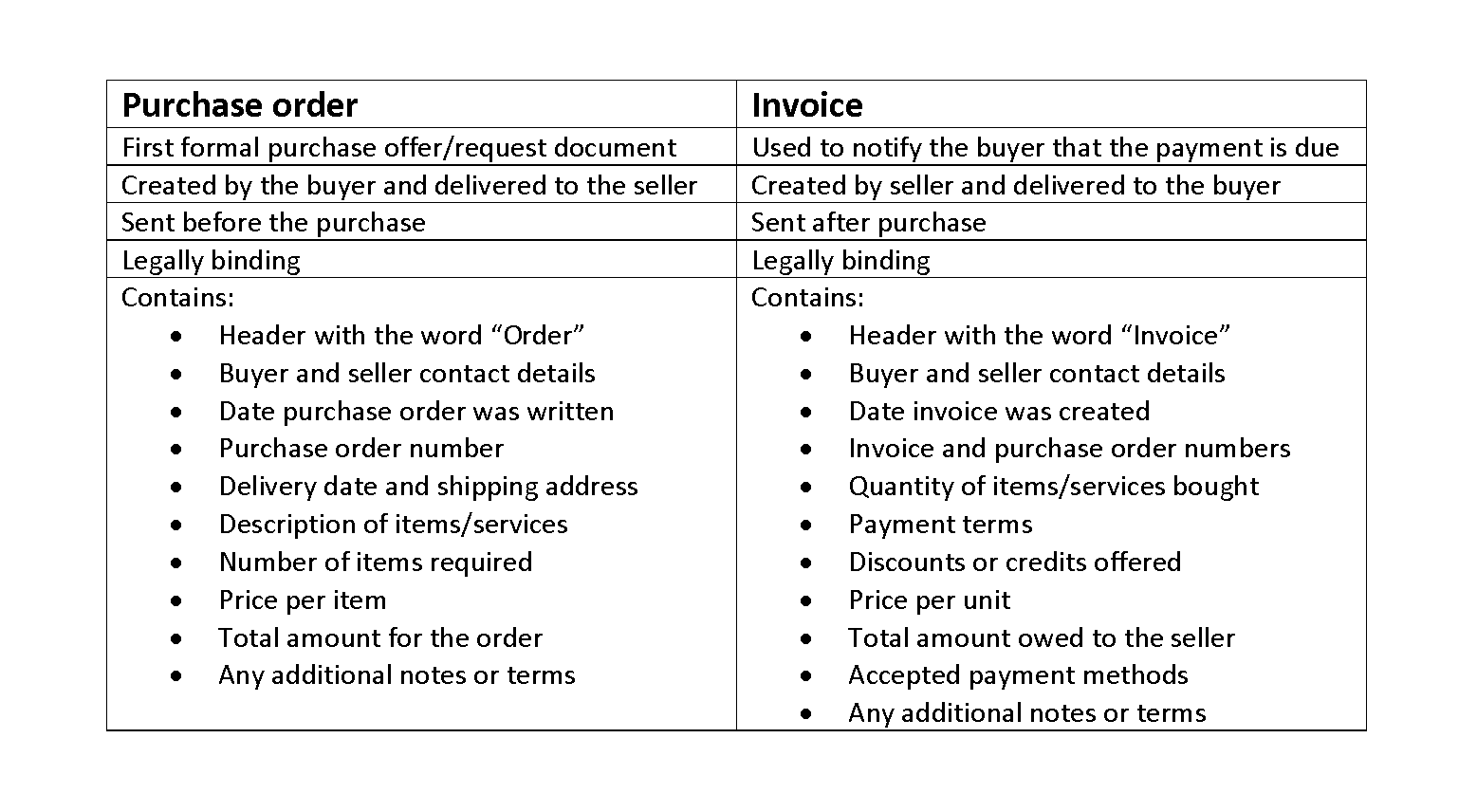
These platforms often include features that simplify adherence to accounting standards, improve record-keeping accuracy, and facilitate detailed financial reporting. Reviews and comparisons of different accounting software options can help businesses choose the right tool that fits their specific needs. Once a method is expense recognition principle selected, it is crucial to apply it consistently across all financial transactions. This consistency is key to maintaining accurate and comparable financial records over time.

Consistent Application of Accounting Method
For example, a business that primarily earns revenue during the holiday season may need to start advertising and procuring inventory months in advance. Recognizing these expenses in periods with limited revenue can misinterpret financial performance. By adhering to this principle, companies achieve a clearer picture of their financial health and bookkeeping profitability for each accounting period.
- Since expenses have a direct and straightforward impact on profitability, their correct recognition in accounting books is very important.
- If you choose to incorporate miscellaneous expenses into your general ledger, ensure there is no other place to record the expenditure.
- By accurately tracking expenses and relying on concepts such as the expense recognition principle, you’ll set yourself and your team up for success.
- Standardised policies minimise discrepancies and provide employees with a clear framework to follow, reducing confusion and improving compliance.
- The expense recognition principle states that companies should recognize expenses at the same time as matching revenues.
When to use the expense recognition principle
- Using traditional methods to track and allocate expenses can be time-consuming and error-prone.
- Thus, the depreciation cost of all five trucks would be expensed on a reasonable basis, apportioned over their useful economic lives.
- This interconnectedness of financial statements means that the accuracy of expense recognition has a domino effect on the overall financial reporting.
- This principle aligns with the accrual basis of accounting, making it essential for accurate financial reporting.
- More importantly, tying these fixed costs to different sets of revenue is essentially impossible.
- Each expense must be carefully recorded to reflect its economic purpose and relevance to the business.
These financial relationships support our content but do not dictate our recommendations. Our editorial team independently evaluates products based on thousands of hours of research. Danny is a consultant providing continuing professional development training for the accountancy profession as well as providing consultancy services on financial reporting technical matters. He has over 35 years of experience in public practice, commerce, and industry. He was trained and qualified as a professional accountant with a firm in London.

When to Use the Expense Recognition Principle
Explore the software options available that can automatically categorize your costs, saving you time and improving the accuracy of your financial statements. Delays in submitting, verifying, or categorising expenses can lead to mismatched revenues and expenses in financial statements, distorting the business’s true profitability. It’s not just about following accounting rules; it’s about creating financial statements that are transparent, consistent, and easy to understand. These qualities are critical for making informed decisions, meeting regulatory requirements, and maintaining the trust of stakeholders. To understand the expense recognition principle, it’s essential to know the difference between cash and accrual accounting.
- These tools automate and organize financial activities, making it simpler to balance revenues and expenses.
- For example, a construction company working on a multi-phase project might incur material costs, labor expenses, and subcontractor fees over several months.
- Prepaid expenses are costs paid in advance for goods or services that will be used in future periods.
- For instance, if the cash payment for an expense is made in advance of its actual incurrence, it must be recorded as an asset to be expensed out in the future.
- Expense management isn’t just about recording costs—it’s about optimising them.

Recall the earlier definitions of revenue and expense, noting that they contemplate something more than simply reflecting cash receipts and payments. Much business activity is conducted on credit, and severe misrepresentations of income could result if the focus was simply on cash flow. In this method, you’ll record expenses in the same period as the revenue they generate.

Accrual Accounting
Suppose company X paid 13-month rent amounting to $ 13000, and per month rent is $ 1000. One of the easiest methods for allocating expenses is immediate recognition. Sometimes the problem with assigning expenses is that it can be hard Legal E-Billing to identify the exact source of revenue they match. Becky records this journal entry in June to record the commission expense. Contingent liabilities are potential obligations that depend on uncertain future events, such as lawsuits, environmental cleanup costs, or warranty claims. These liabilities are recorded only if it is probable that the event will occur and the amount can be reasonably estimated.

Straight-Line Depreciation:
Every expense recorded should have clear documentation, such as invoices or contracts, to justify the timing of its recognition. The expense recognition principle essentially forms the foundation of the accrual basis of accounting. It helps to provide a more realistic and accurate picture of your company’s current liabilities and overall financial performance at any given time. The Periodicity Principle underlines the importance of dividing an enterprise’s complex financial activities into time periods, such as months, quarters, or years. This division allows for the regular production of financial statements, which in turn enables stakeholders to track the company’s performance and make timely decisions.



Leave A Comment